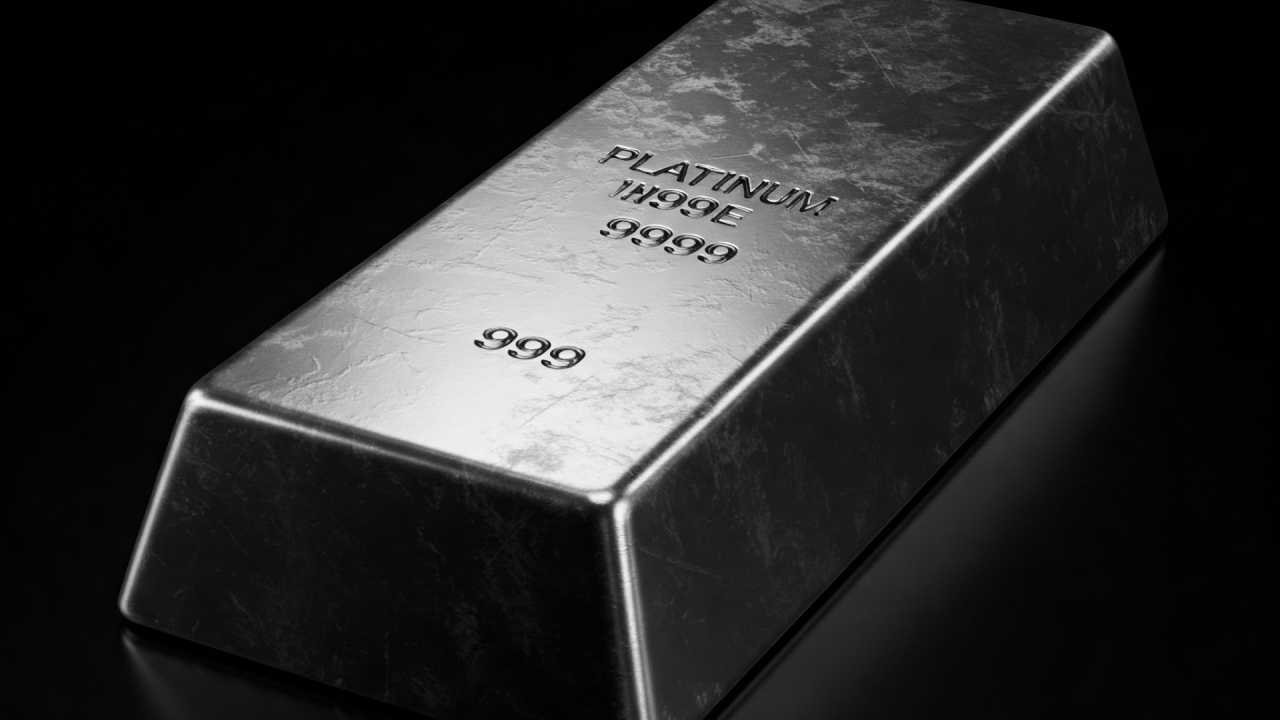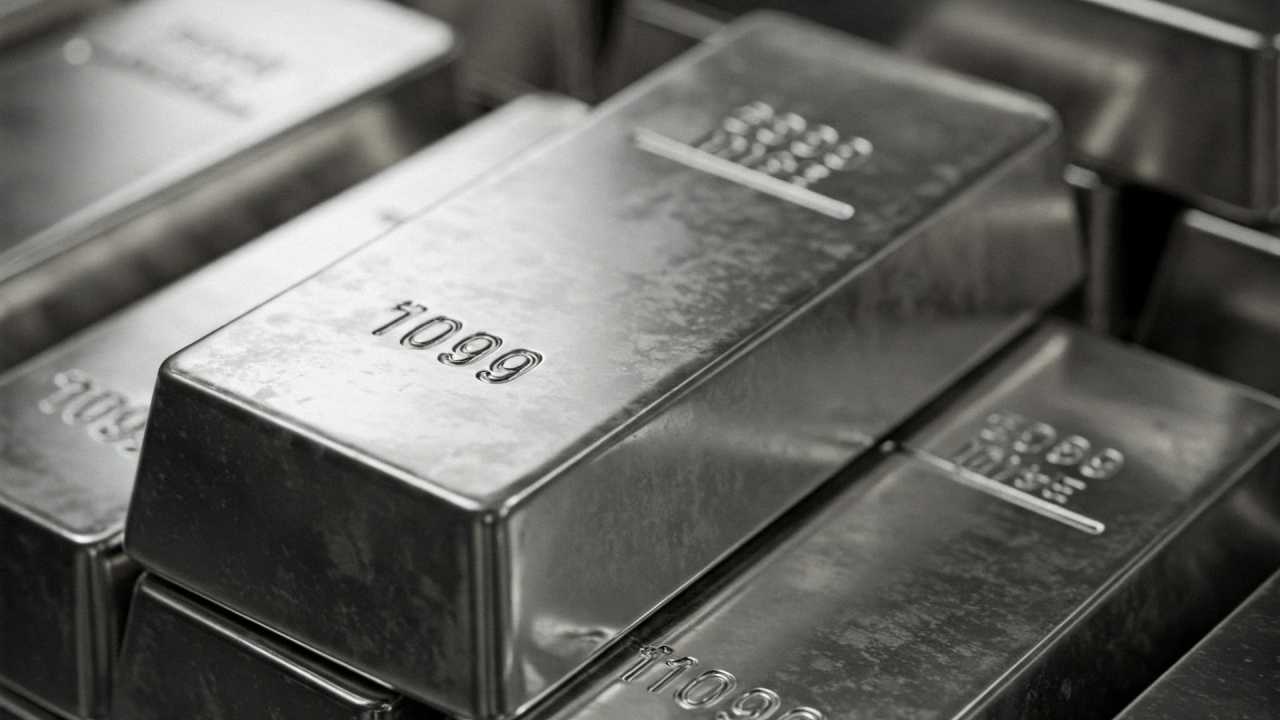Refining Gold: A Comprehensive Guide to Processes and Equipment
Refining gold is a meticulous and intricate process that requires precision, expertise, and specialized equipment. From ancient techniques like cupellation to modern, high-tech systems, the goal has always been to purify gold to its highest possible standard, often achieving 99.9% purity or higher.
This guide provides an in-depth look at the equipment, processes, and trends in gold refining, offering a comprehensive understanding of how raw gold is transformed into a precious, pure metal.
Understanding Gold Refining
Gold refining is the process of purifying raw gold, whether sourced from mining operations, recycled jewelry, or electronic waste.
Raw gold typically contains impurities such as silver, copper, nickel, and other base metals, as well as non-metallic elements like sulfur.
The refining process removes these impurities, resulting in gold of exceptional purity, which is essential for industries such as jewelry, electronics, and investment.
The choice of refining method depends on the type and quantity of impurities, the scale of operation, and environmental considerations. Below, we explore the key equipment and processes involved in gold refining.
Key Equipment and Processes in Gold Refining
Gold refining involves multiple stages, each requiring specialized equipment. These stages include melting, chemical treatment, electrolysis, granulation, casting, and environmental control. Here’s a detailed breakdown:
1. Melting Furnaces
Melting is the first step in gold refining, where raw gold is heated to a liquid state to separate it from solid impurities.
- Types of Furnaces:
- Induction Furnaces: Use electromagnetic induction to generate heat, offering precise temperature control and energy efficiency.
- Gas Furnaces: Rely on gas combustion for heating and are commonly used in smaller-scale operations.
- Electric Arc Furnaces: Utilize an electric arc to achieve extremely high temperatures, suitable for large-scale refining.
- Crucibles:
- These heat-resistant containers hold the molten gold. They are typically made from materials like:
- Graphite: Known for its high thermal conductivity and resistance to extreme temperatures.
- Ceramic: Offers excellent chemical resistance and durability.
- These heat-resistant containers hold the molten gold. They are typically made from materials like:
2. Chemical Refining Equipment
Chemical refining involves dissolving impurities using acids or other chemicals, leaving behind pure gold.
- Key Equipment:
- Reaction Vessels: Made from corrosion-resistant materials like titanium or specialized plastics, these tanks hold the chemical solutions used to dissolve impurities.
- Filtration Systems: Remove solid impurities from liquid solutions. Common types include:
- Filter Presses: Use pressure to separate solids from liquids.
- Candle Filters: Employ fine filters to capture microscopic particles.
- Scrubbers: Neutralize and remove harmful fumes generated during chemical processes. Types include:
- Wet Scrubbers: Use liquid solutions to absorb pollutants.
- Dry Scrubbers: Utilize solid materials to capture gases.
- Chemical Storage and Handling Systems: Ensure the safe storage, dispensing, and disposal of acids and other hazardous chemicals.
3. Electrolytic Refining Equipment
Electrolytic refining is a highly effective method for achieving ultra-high purity gold. It uses electrolysis to separate gold from impurities.
- Key Components:
- Electrolytic Cells: Contain anodes (impure gold), cathodes (pure gold), and an electrolyte solution (often gold chloride or cyanide).
- Rectifiers: Provide the direct current (DC) required for electrolysis.
- Anode and Cathode Preparation Equipment: Used to shape and prepare the gold electrodes for the electrolytic process.
4. Granulation and Casting Equipment
Once refined, gold is often granulated or cast into bars, ingots, or other forms for commercial use.
- Granulation Machines: Produce gold granules by pouring molten gold into water, creating small, uniform particles.
- Casting Molds: Used to shape gold into bars, coins, or other desired forms.
- Vacuum Casting Machines: Remove air from the casting process to produce high-quality, defect-free gold products.
5. Environmental Control Equipment
Gold refining generates hazardous waste and fumes, making environmental control systems essential.
- Fume Extraction Systems: Capture and neutralize harmful gases, ensuring worker safety and compliance with environmental regulations.
- Wastewater Treatment Systems: Treat contaminated water to remove heavy metals and other pollutants before discharge.
- Solid Waste Management Systems: Handle and dispose of slag and other byproducts safely.
6. Analysis and Measurement Equipment
Accurate analysis is critical to ensure the purity and quality of refined gold.
- Spectrometers: Analyze the chemical composition of gold samples.
- Balances: High-precision scales for weighing gold.
- Fire Assay Equipment: A traditional method that involves heating gold with fluxes to separate impurities.
7. Automation and Control Systems
Modern refineries increasingly rely on automation to enhance efficiency, accuracy, and safety.
- PLC (Programmable Logic Controller) Systems: Automate and control refining processes.
- Sensors and Monitoring Systems: Track temperature, chemical levels, and other parameters in real time.
Modern Trends in Gold Refining
The gold refining industry is evolving to meet the demands of sustainability, efficiency, and safety. Key trends include:
- Environmental Sustainability:
- Refineries are adopting greener practices, such as using less hazardous chemicals and improving waste management systems.
- Renewable energy sources are being integrated into refining operations to reduce carbon footprints.
- Automation and Digitalization:
- Advanced automation systems are streamlining processes, reducing human error, and improving productivity.
- Digital tools, such as AI and IoT, are being used for predictive maintenance and process optimization.
- Innovative Refining Methods:
- Researchers are developing new techniques, such as solvent extraction and bioleaching, to make refining more efficient and environmentally friendly.
- Recycling and Urban Mining:
- With the growing demand for gold, refineries are increasingly processing recycled gold from electronic waste and jewelry.
Final Thoughts
Gold refining is a complex and multifaceted process that relies on a wide range of specialized equipment. From melting furnaces and chemical reactors to electrolytic cells and environmental control systems, each piece of equipment plays a critical role in transforming raw gold into a pure, valuable metal.
As the industry continues to evolve, advancements in technology and sustainability are shaping the future of gold refining, making it more efficient, safer, and environmentally responsible.
Whether for industrial, commercial, or investment purposes, refined gold remains a symbol of purity and excellence, achieved through the meticulous application of science and technology.









